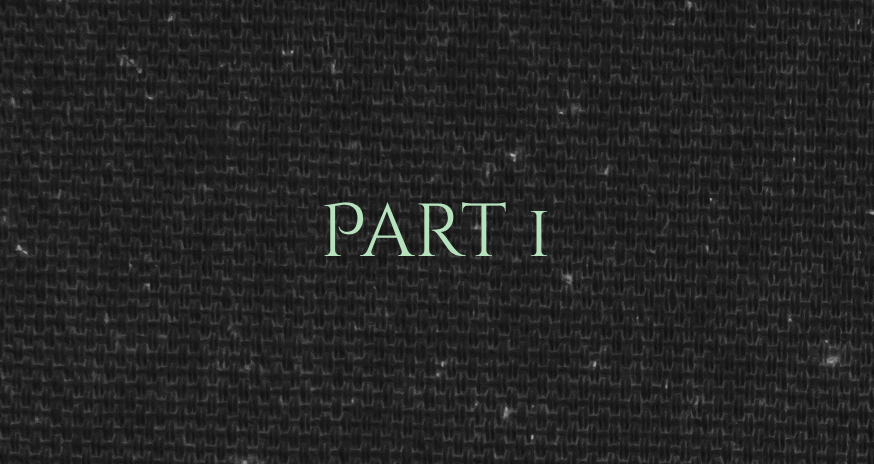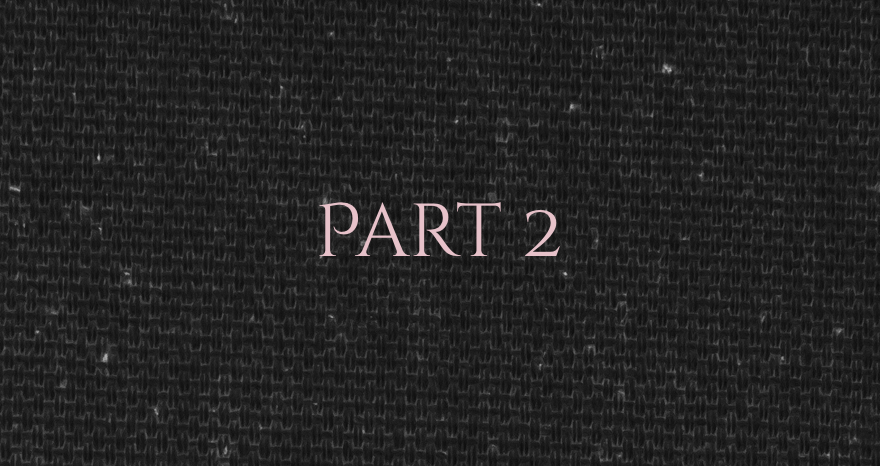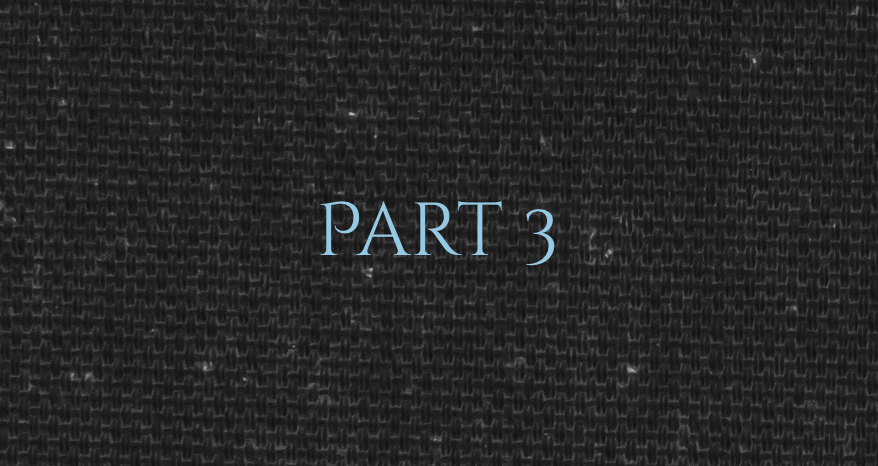Part 2
2. Dream Objectification
With the newly gained ability to remember and transcribe our dreams we have made a huge leap forward. However, the pure transcription of our dreams only presents the surface of our dream reality. In this chapter we will delve deeper into the language, story scripts and images of our dreams. The goal is to decipher the basic grammar of our personal dream language and to start engaging in more interactive dialogues between our dream and daytime consciousness.
“Don’t look at yourself, look at the world around you.”
The first step in understanding the grammar of our dreams is to enhance our ability to observe without judgement. Over-interpretation of our dream experiences certainly is the most common trap at this stage. Rather than interpreting, doing a thorough and non-biased inventory of the dream is the secret to success. This is also why this chapter is called ‘dream objectification’ and not interpretation.
The first step in dream objectification is to understand the fact that the first person perspective through which we experience our dreams is not the same as our personality or daytime conscious. Your dream-ego is different from your daytime ego; they represent two aspects of consciousness of your individuality.
Here is how we can delve below the surface of our dreams in four simple steps:
Dream Script
Summarize the main plot of the dream in a few short sentences. In doing so identify the basic script that underlies the dream experience. However, you’ll need to change to an objective perspective on capturing your dream: instead of ‘I’ or ‘myself’ when talking about the dream-ego use the third person singular (he/she). I.e. instead of ‘I am taking flight from the burglar.’ you will note: ‘The dream-ego or s/he takes flight of the burglar’.
Dream Acts
Ascertain if the dream follows the sequence of dream acts as suggested by C.G. Jung. You will find that this is the case for most coherent dream stories:
- First Act: description of starting point. Which characters are part of the plot, where and when does it occur?
- Second Act: presentation of central conflict. Conflicts and tensions become apparent.
- Third Act: accentuation. The climax of the script is reached and leads to a positive or negative turn of events.
- Fourth Act: description of end point.
Dream Heading
Chose a fitting heading for your dream. If your dream was a short story in a book, which title would it bear? Feel free to get inspired by todays newspaper headings. However, rather than being overly imaginative or romantic the heading should give a first impression of the dream’s central plot or conflict.
Dream Conflict
As a last step take time to answer the following questions:
- Which main symbols are present in the dream (characters, natural or artificial objects, animals, etc.)?
- Which emotions do these symbols trigger in you?
- Which forces are working against or in each others favor in the dream? Where is conflict, where is harmony, where is paradox?
- Does the dream present any solutions? If yes, which ones? If not, what are the obstacles?
- What is the dream-ego doing, what is it not doing? What are other dream characters doing, what are they not doing? (In considering what isn’t done we may find unnoticed opportunities or potential, equally the actual choices and deeds of the dream characters are accentuated.)
3. Dream-Self Observation
Dream-Self observation is an extension to dream objectification and was first introduced by Strephon Kaplan. The goals of this method are twofold: 1) to gain more insights on the motivation and grounds based on which the Dream-Self is acting and 2) to increase consciousness about the difference between our daytime and Dream-Self.
Just like we have spent years of our daytime life to discover our own personalities, our likes and dislikes, strengths and weaknesses this method allows us to discover our Dream-Selves and compare these to our daytime personalities.
Generally we have to assume that our Dream-Self acts more spontaneously and emotionally driven than our daytime Self. At the same time it is also less considerate and farsighted as it is less conscious. In its deeds our Dream-Self will act out all the attitudes, desires and needs which we forbid ourselves during daytime and which sink into our subconscious if suppressed over long periods. Often this can explain why our experiences during daytime and in dreams seem to be mirror-images. At the same time the actions of our Dream-Self can be understood as rehearsals: we are given the chance to experiment and rehearse attitudes and actions that we aren’t ready to practice during daytime. This opens up new possibilities for our daytime Self.
In order to better understand our Dream-Selves the following questions present helpful starting points:
- What is our Dream-Self doing and what is it not doing? Is it involved or detached from the actions of the dream?
- Which dream situation triggers the actions of our Dream-Self?
- How is our Dream-Self characterized by its emotions, its desires, believes and prejudices? What does this tell us about our Dream-Self personalities?
- How is our Dream-Self behaving in the situation - proactively or reactively, passive or active?
- Which role is our Dream-Self taking in the plot of the dream? With what or whom does our Dream-Self identify?
- Do we react in similar ways during daytime? If yes, on which occasions; if not how do our daytime deeds differ?
4. Dream Symbols
4.1 Context
The intent of the first chapter was to gain access to the material of our dreams and to realize and understand it from different perspectives. The previous chapters provided techniques to reduce the common over-identification between our daytime Selves and Dream-Selves, between dreamer and dream - and thus introduce the required distance for a rather objective analysis and understanding of our dreams. The following chapter will introduce us to the actual material of our dreams - especially to the symbols we encounter in dreams.
The word ‘symbol’ is based on the greek verb ‘symballein’ which means ‘throwing together’ or ‘assembling’. Originally it was used in sayings that referred to compiling, concealing or veiling. The sign that becomes a symbol encrypts, it masks the meaning of an act or expression. The uninitiated spectator isn’t able to understand the encrypted message any longer.
Understanding the symbols in our dreams is the essential element of dream interpretation: The meaning of most of our dreams is concealed to our daytime conscious, to our intellectual mind and understanding. As long as our conscious doesn’t thrive to penetrate the surface of our dreams our dreamworld is a world that is completely dependent on our emotional (unconscious) experiences. This is because the symbols of our dreams are well accessible to our emotional lives, yet they are arcane to our intellectual minds.
The goal of this chapter is to support your conscious in gaining access to the concealed meaning of your dream symbols. To illustrate this process let’s take a look at the following model. It depicts the way of perceiving reality that most people would call ‘common’ or ‘normal’ and suppresses our dream reality, i.e. experiences of our Dream-Selves:
Once we have opened the gates of our dream reality to our conscious and started to connect daytime experiences and experiences of our Dream-Selves the model will change. What used to be a unidimensional and reactive model explaining our Ego’s reactions to the impressions of the world becomes multidimensional and interactive. We start to realize the interconnectedness of ourselves and the world around us, of our experiences during daytime and in dreams:
4.2 Free Association
In order to unveil the individual meaning of our dream symbols we can turn to the most classical technique of dream interpretation and Psychoanalysis, Free Association (FA). The power of this method that was derived from early approaches to hypnosis lies in the fact that rather than confining us in a pre-set framework or codex of interpretations it sets us free to discover and learn the unique language of our dream symbols. It is the dreamer that speaks, not the analyst.
Once we have used it for the first time successfully applying FA becomes incredibly easy. We can simply note down one or more dream symbols we encountered during our dreams on a piece of paper. Then - without trying to control - we write down all catchwords and prompts that spring to our mind spontaneously. The only important thing during this process is maintaining a completely open state of mind and not to start filtering words that come up as associations. Each idea, each term is of equal value until we feel we have noted down all important associations this symbol evokes in our minds. What has happened at this point is that the symbol has opened up, it has expanded and revealed its individual meaning to us. This meaning doesn’t need to be stable but can change from dream to dream. Often it involves puns and play of words that make us blush or smile and allow to further uncover the meaning of our dream.
In addition to the results of our FA we can also draw on resources shared in classic books on dream interpretation. (For all German speakers I can recommend Didymos’ Traumlexikon which is available for free online.) The content of these books, however, should never weigh more than our own findings. In case we encounter unrelated or even contradictory explanations of dream symbols we should always follow our own guidance first - and not allow for the words of a book to speak louder than the words of our unconscious. Probably the most central pillar of successful dream interpretation is that the interpretation has to be evident and illuminative for the dreamer first and foremost. In cases of contradictions between personal and traditional dream symbol interpretations the authentic and personal interpretation always has to be favored.
Once we discovered the meaning of our dream symbols we should revisit the dream plot identified at an earlier stage. How do these new insights change, enrich or accentuate the experiences of our dreams? The following guiding questions can be helpful to re-integrate the meaning of our dream symbols into the broader dream plot:
- Let’s replace the symbols in our dreams with their actual meaning. Where do these meanings oppose each other, where do they harmonize?
- How does the headline of your dream change if you replace the dream symbols with their meaning?
- Which secret motives of action of your Dream-Self become apparent once the symbolic meaning is laid open?
- Which differences do you see in how you deal with the meaning of your symbols during daytime and in dreams? Which commonalities are apparent?
- Which role do the meaning of your dream symbols play in your everyday life? Are they easy to discover or rare and only seldom to be encountered?
Selected Resources
- Aeppli, E.: Der Traum und seine Deutung; Knaur-Verlag
- Becker, U.; Lexikon der Symbole; Herder Taschenbuch
- Jung, C.G.: Traum und Traumdeutung; dtv
- Gassmann, Ch.: Träume erinnern; Walter
- Tholey, P.: Schöpferisch Träumen; Klotz, Eschborn Verlag
- Faraday, A.: Deine Träume - Schlüssel zur Selbsterkenntnis; Fischer-Verlag, Frankfurt a. M. 1978, original "The dream game", 1975
- Gackenbach, Bosveld: Herrscher im Reich der Träume; orig. "Control your dreams", New York, übersetzt von Christian Stephan, Aurum-Verlag, Braunschweig, 1991
- Garfield, P.: Kreativ träumen; München, Knaur-Verlag, 1980







